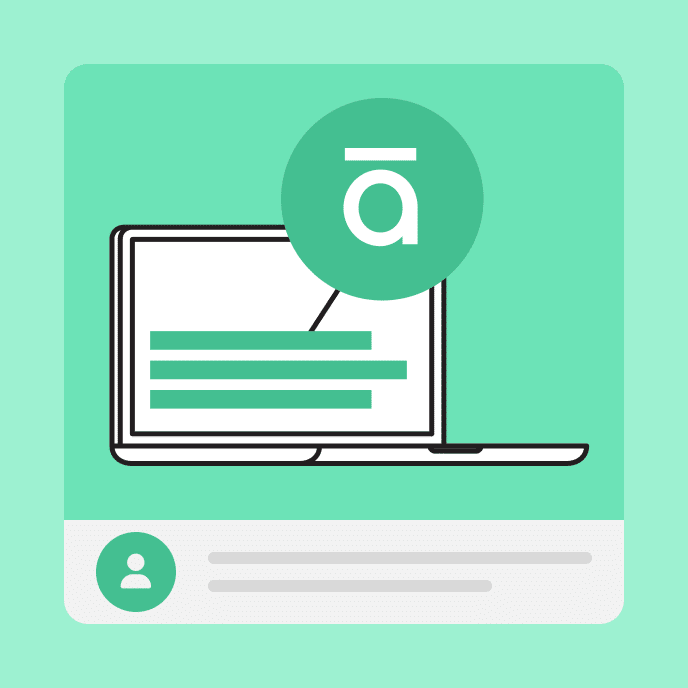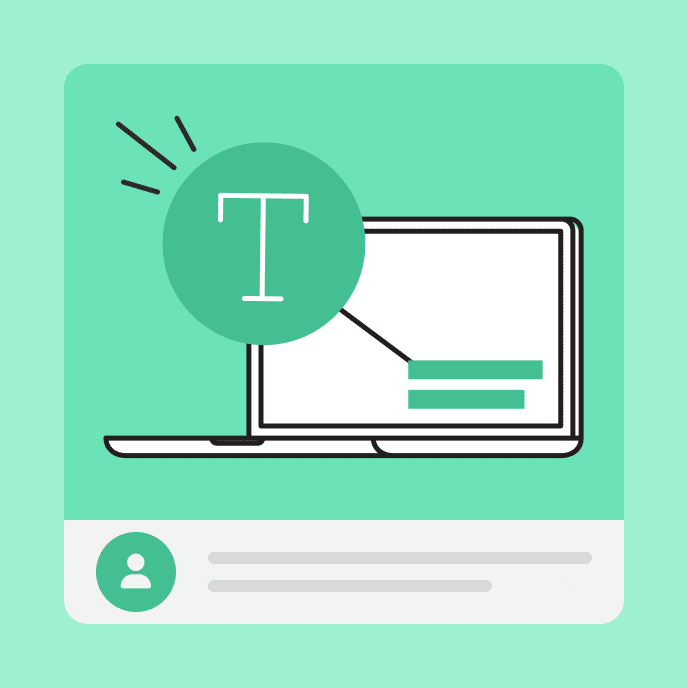What is Gamification in E-Learning?
Discover how you can create engaging, memorable, and fun e-learning experiences through gamification.

Game on!
Game on!
If you’ve ever had to sit through an hours-long lecture or scroll through pages and pages of an online course, you understand the cost of a boring learning experience. This type of learning isn’t just lackluster—it’s hard to pay attention to and can make information harder to retain.
Gamified e-learning was built to solve this problem. By weaving game-like elements into an online learning environment, gamification not only helps learners engage with the material—it can also make learning fun. In this post, we’ll break down gamification in e-learning, explore gamification examples, and explain how this strategy can benefit both learners and organizations.
Looking for more strategies for creating gamified e-learning? Check out our in-depth guide to gamification.
Key Takeaways
What is gamification?
Gamification applies game design elements like achievements and rewards, rules of play, and leaderboards to non-game contexts. The goal is to enhance the user experience and encourage participation by leveraging discovery, open exploration, time constraints, social collaboration, and other typical gamelike elements.
What is gamified learning?
Gamified learning, or game-based learning, is applying game mechanics to the learning experience. For example, a lesson might contain storytelling elements that entertain learners while walking them through relevant learning scenarios. Or, the course might contain gamification elements like a leaderboard, badges, or rewards.
You can find these types of learning experiences in both physical classrooms and online courses. Gamification can be a valuable resource for helping learners engage with the material and with each other, even from different locations.
What are the benefits of gamified e-learning?
For both learners and organizations, the benefits to gamified e-learning are many, including:
1. Increased engagement
Gamified e-learning utilizes interactive and immersive experiences to make learning more enjoyable for the user. By cultivating a stronger sense of personal achievement, learner engagement increases and users are motivated to come back for more.
2. Greater completion rates
Organizations that use gamified training techniques see higher completion rates as learners are more motivated to finish engaging courses. Greater completion rates mean increased knowledge retention, quicker knowledge application, and more motivated learners.
3. Improved training ROI
When employees are engaged through gamified achievements and rewards, they’re more motivated to complete training. Increased knowledge retention breeds faster time to value for customers, increasing production and leading to an improved return on investment for training programs.
4. Improved knowledge retention
Gamified e-learning methods improve retention rates among adult learners through engaging and immersive experiences. Rather than hours-long non-interactive videos and endless pages of jargon, gamification puts learning in the hands of the user, increasing the likelihood of sustained engagement and knowledge retention.
5. Enhanced motivation
Gamified e-learning elements like leaderboards, levels, and achievements build intrinsic motivation by giving the user an enhanced sense of autonomy. The competitive nature of gamification can also lend itself to increased motivation on the part of the learner.
6. Personalized learning
Gamification techniques easily cater to personal learning preferences like pace, giving the user a sense of ownership over their learning journey. Character names can be customized to match the learner’s, levels can be started, paused, and completed at will, and the immersive experience centers around the individual.
7. Enhanced collaboration
Just like online gaming communities draw inspiration heavily from public forums and discussion, gamification in e-learning promotes collaboration and shared experiences. While individuals may struggle to complete tasks on their own, a collaborative community can help users find unique solutions, enhancing employee problem-solving skills.
8. Simplified progress monitoring
For both the user and the organization, progress tracking is simplified. As learners complete levels, earn achievements, and discover skill gaps, data is effortlessly tracked and recorded. This data provides valuable insights into learner behavior and performance, allowing for more intuitive and relevant course design.
9. Positive learning environment
The level of personal achievement and community collaboration that gamified e-learning allows creates a positive learning environment throughout the organization. Continuous learning becomes the norm, and employees seek out more opportunities to fill any lingering skill or knowledge gaps on their own.
3 strategies for achieving learning objectives with gamification
While the strategies you use for gamifying your e-learning will vary depending on your audience and subject matter, there are a few best practices to keep in mind no matter what. Play around with these gamification techniques to encourage learners to participate and engage with your material.

1. Build a compelling narrative
Many of the best games use storytelling to captivate participants and immerse them in the world of the game. This is also true in an educational context—e-learning scenarios are a key way to illustrate common problems and allow learners to practice real-life situations in a low-risk environment.
To amp up the compelling nature of your course, take notes from your favorite story-based games. Consider creating different characters in your course, and making your learners the protagonist. You might design an interactive map that learners can explore, reinforcing the course material while also entertaining with world-building elements. You can even frame different lessons as “chapters” in a story, dividing up your narrative and ending lessons on cliffhangers to entice learners to keep playing.
2. Add meaningful interactivity
Interactivity is one of the most important elements of effective e-learning, and the same is true for gamified e-learning. Having learners make choices as they progress through a lesson helps them practice their skills and remember content.
Explore the interactivity options your learning platform offers. Experiment and play with animations, hotspots, drag-and-drop interactions, flashcards, and more.
3. Entice with rewards, points, and leaderboards
Whether you’re in a classroom or the workplace, a little dose of healthy competition can make learning even more exciting for your audience.
Points-based systems where learners can be a fun way to go about this. Or, you might add a leaderboard to your course that shows the scores of different participants, allowing them to see how their performance stacks up against their peers. You can even consider allowing learners to earn badges or simple rewards when they complete certain learning milestones.
These can all be entertaining ways to motivate learners to keep learning and keep their heads in the game.
Engage learners with gamification elements
Game-based learning can be a valuable tool for increasing engagement for your learners, allowing for greater knowledge retention, participation and satisfaction. Consider incorporating elements of storytelling, interactivity, and competition into your e-learning courses to make learning more enjoyable—and effective—for your audience.
To learn more about creating gamified learning experiences with Articulate, read our full guide.
You may also like

A Training Guide to Customer Onboarding
From first impressions to long-term loyalty, discover how smart onboarding creates customer experiences that actually stick.

